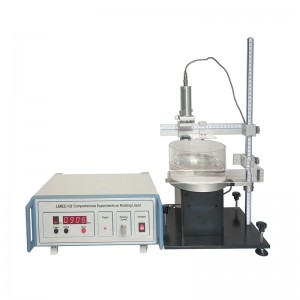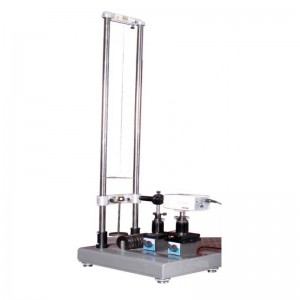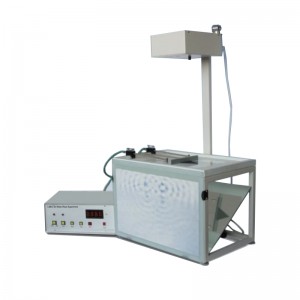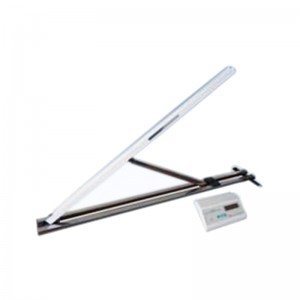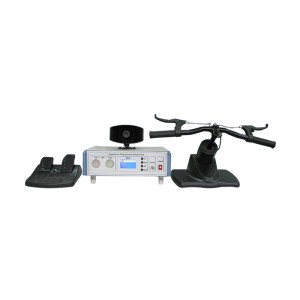LMEC-13 Comprehensive Experiments on Rotating Liquid
Experiments
1. Measure gravity acceleration g using two methods:
(1) measure the height difference between the highest and the lowest points of the surface of rotating liquid, then calculate gravity acceleration g;
(2) laser beam incident parallel to the rotation axis to measure surface slope, then calculate gravity acceleration g;
2. Verify the relationship between focal length f and rotational period T according to the parabolic equation;
3. Study concave mirror imaging of rotating liquid surface.
Specifications
| Description | Specifications |
| Semiconductor laser | 2 pcs, power 2 mW one spot beam with diameter < 1 mm (adjustable)
one divergent beam 2-D adjustable mount |
| Cylinder container | colorless transparent plexiglassheight 90 mm
inner diameter 140 ± 2 mm |
| Motor | speed adjustable, max speed < 0.45 sec/turnspeed measurement range 0 ~ 9.999 sec, accuracy 0.001 sec |
| Scale rulers | vertical ruler: length 490 mm, min div 1 mmhorizontal ruler: length 220 mm, min div 1 mm |
Parts List
| Description | Qty |
| Main electric unit | 1 |
| Rotation stage | 1 |
| Beam | 1 |
| Semiconductor laser | 2 (one spot, one divergent) |
| 2-D adjustable support | 1 |
| Observation screen | 1 |
| Cylinder container | 1 |
| Bubble level | 1 |
| Power cord | 1 |
| Instruction manual | 1 |
Write your message here and send it to us




